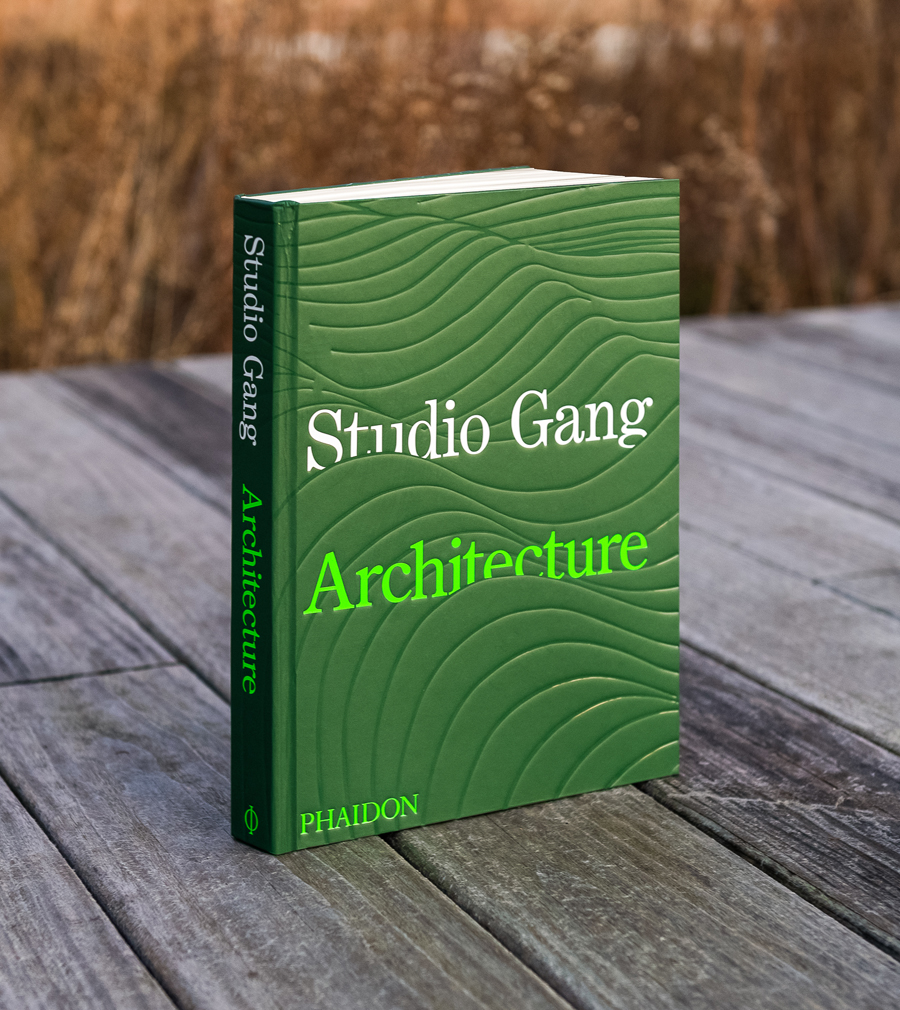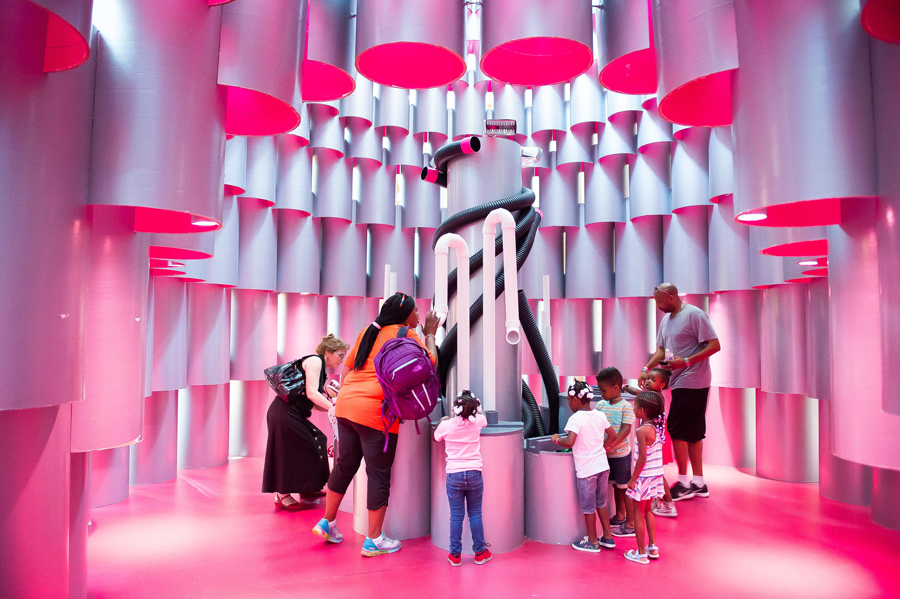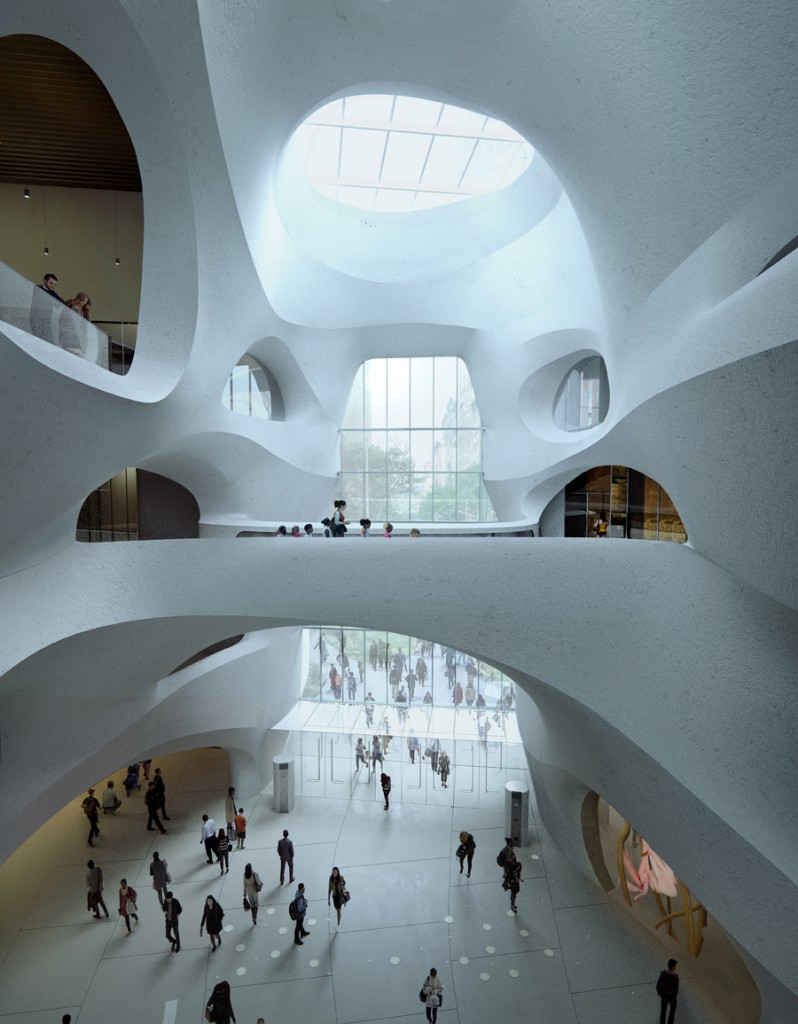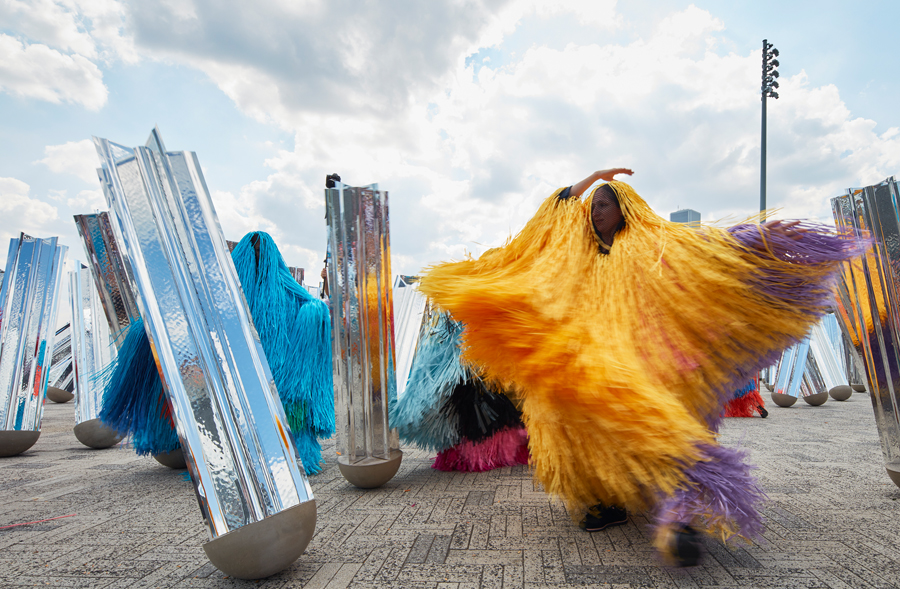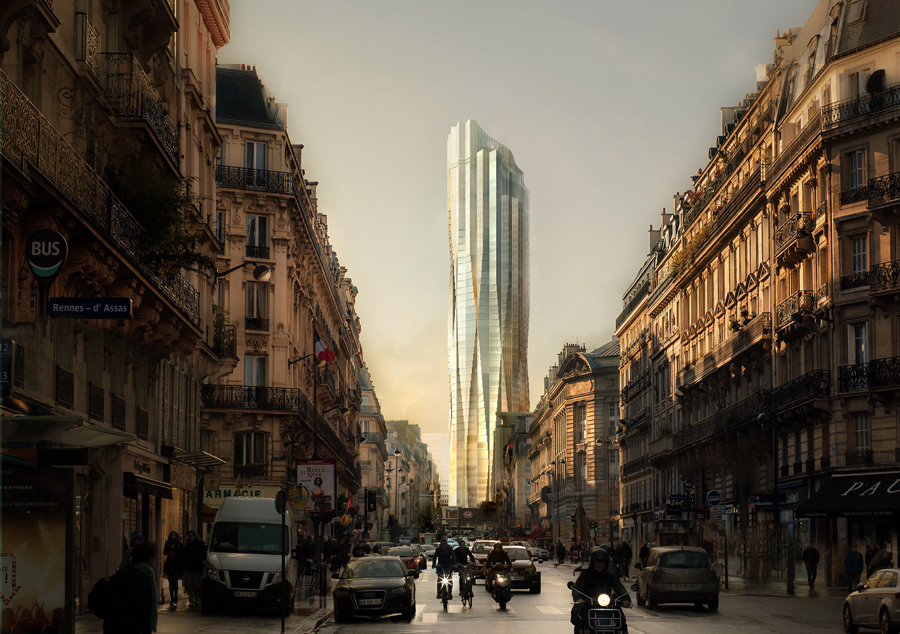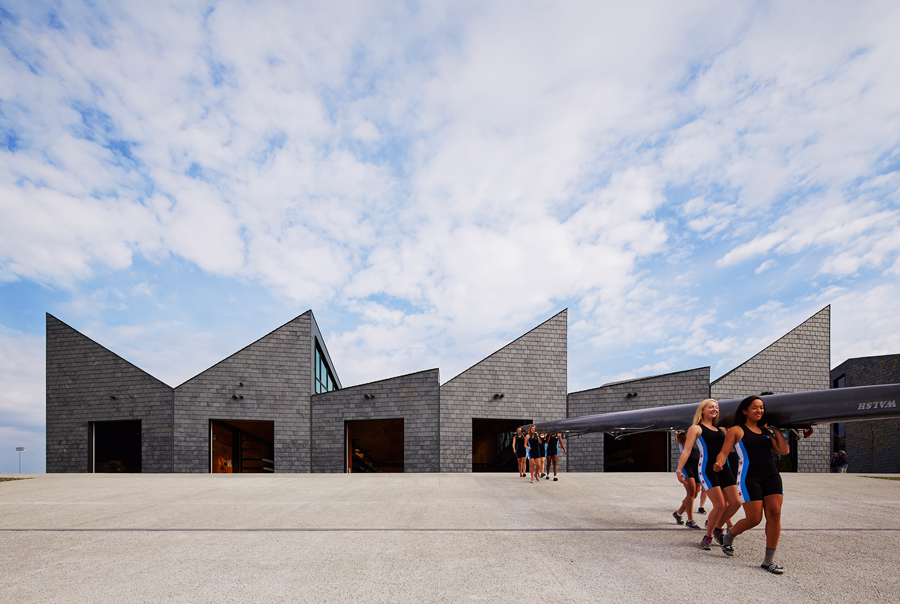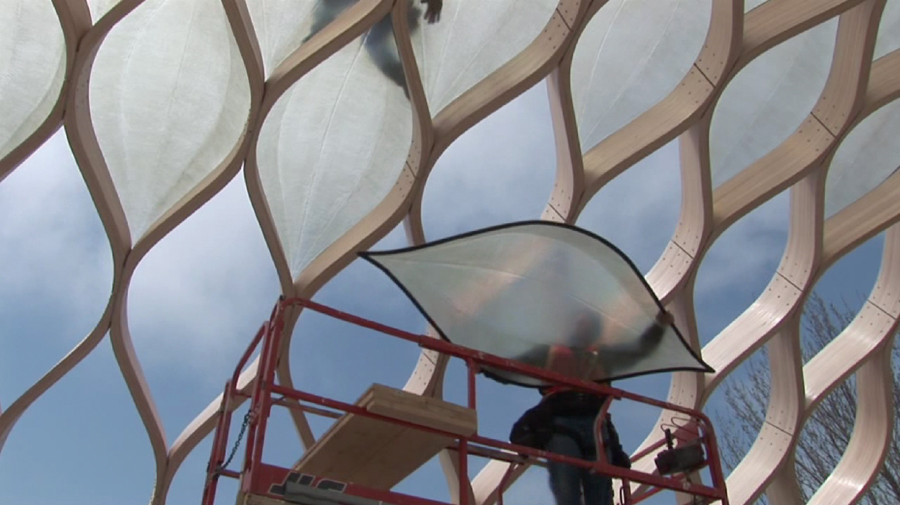In this excerpt from Studio Gang’s new Phaidon monograph, the GSD’s Professor in Practice of Architecture finds “aesthetic and formal affiliations” across 25 projects from the last two decades.
“Actionable idealism” is a phrase I have often used to convey the intention of our studio’s practice. At first glance the term might seem to be an oxymoron, if it’s assumed that pursuing ideals is inherently unrealistic. But together these two words embody the dual challenge at the heart of our work: to articulate the big ideas that move us, and to find a way to methodically pursue and accomplish them using design. Above all, we want to live in a world where humans not only coexist, but also actively support one another as part of our planet’s greater network of living things. This calls on us as designers to practice an architecture that fosters interaction and connection rather than developing stand-alone objects.
To work toward this world in this way takes a relentless kind of optimism, determination, and even courage. It also demands that we engage in a range of architectural pursuits that include, but are not limited to, the design of new buildings. Among our studio’s “extra-building” activities are conceiving and developing self-initiated projects that may have no client; conducting research that is not directly related to buildings; writing essays for the purpose of sharing knowledge; taking positions and rendering opinions in various forums; and running ongoing experiments in the hopes of making specific discoveries and satisfying curiosity. There is also the serious activity of caring for older buildings—restoring or reinventing them—and working to repair and revitalize urban environments in partnership with their communities. Perhaps by understanding this wider context of our pursuits, it is easier to enter into the mindset with which we approach the core activity of Studio Gang: making architecture.
We have been very busy making architecture, in this broad sense, for the past twenty years. But every so often it is important to pause and reflect on the work that has been made and enable it to be seen. This book provides that opportunity. It allows us to take a moment to celebrate, as each building is a triumph in a way, the result of hard work and collaboration with our clients and colleagues. It also gives us a platform to inspire others—to let them know it is possible to accomplish bold, beautiful things with deep ambitions.
Finally, it asks us to consider and articulate the work anew. Though I was initially tempted to make a book like Reveal, my first, which aimed to show the total scope of our creative output and thinking, this monograph offered a framework for a different but equally important task: to gather together our signature, more “traditional” architectural projects (built and yet-to-be built), and through a critical process, organize and explain them in a way that makes our major underlying interests visible. Creating this kind of book not only helps others understand the defining qualities that are present in our work, it also helps us learn more about ourselves. By focusing on buildings, we are able to see and to share the way in which the discoveries from all the other activities of the studio influence and inform what is finally made physical.”
Continue reading on Metropolis Magazine…
